Content
- Differences between sativa and indica at the seedling stage
- Seedling care: sativa vs. indica
- Conclusions: what to consider when choosing a variety and care
Growing cannabis starts with the most important stage - the formation of healthy and stable seedlings. In this article, we will look in detail at the difference between sativa and indica marijuana seedlings, how to properly organize care for seedlings, what lighting, fertilizers and temperature conditions are suitable for each type. You will learn what is the difference between sativa and indica, which varieties are better to choose for home grooving, and how to increase yields from the very beginning.
Differences between sativa and indica at the seedling stage
At the early stage of cannabis cultivation, it is particularly important to understand whether the grower is dealing with sativa or indica. These two subtypes have different morphological and physiological characteristics that are already evident at the seedling stage. That is why knowledge of the differences helps to select the right conditions and establish quality seedling care.
Sativa seedlings usually grow upward rapidly, with a thin but active stem and narrow, long leaves with sharp edges. This reflects the typical characteristics of the sativa, which is oriented towards active photosynthesis and intensive growth. With sufficient light for seedlings, sativa quickly forms the first tiers of leaves and requires more space, especially vertically.
In contrast, indica seedlings develop more compactly. It has dense, broad leaves with deep veins, and the bush itself looks squat and stocky. These characteristics make indica an ideal choice for confined spaces, such as seedling grow boxes, where space saving is important. If such grooving is planned, it makes sense to buy indica marijuana seeds, as they are better adapted to such conditions.
It is also worth considering the height of the plant. While the growth of sativa can be rapid and uncontrollable without pruning and training, the growth of indica is stable and predictable, which is convenient for small amounts of cultivation.
Thus, even at the seedling stage, the difference between sativa and indica becomes apparent. Understanding these differences is the key to a successful start in grooving and to finding the ideal conditions for a particular variety.
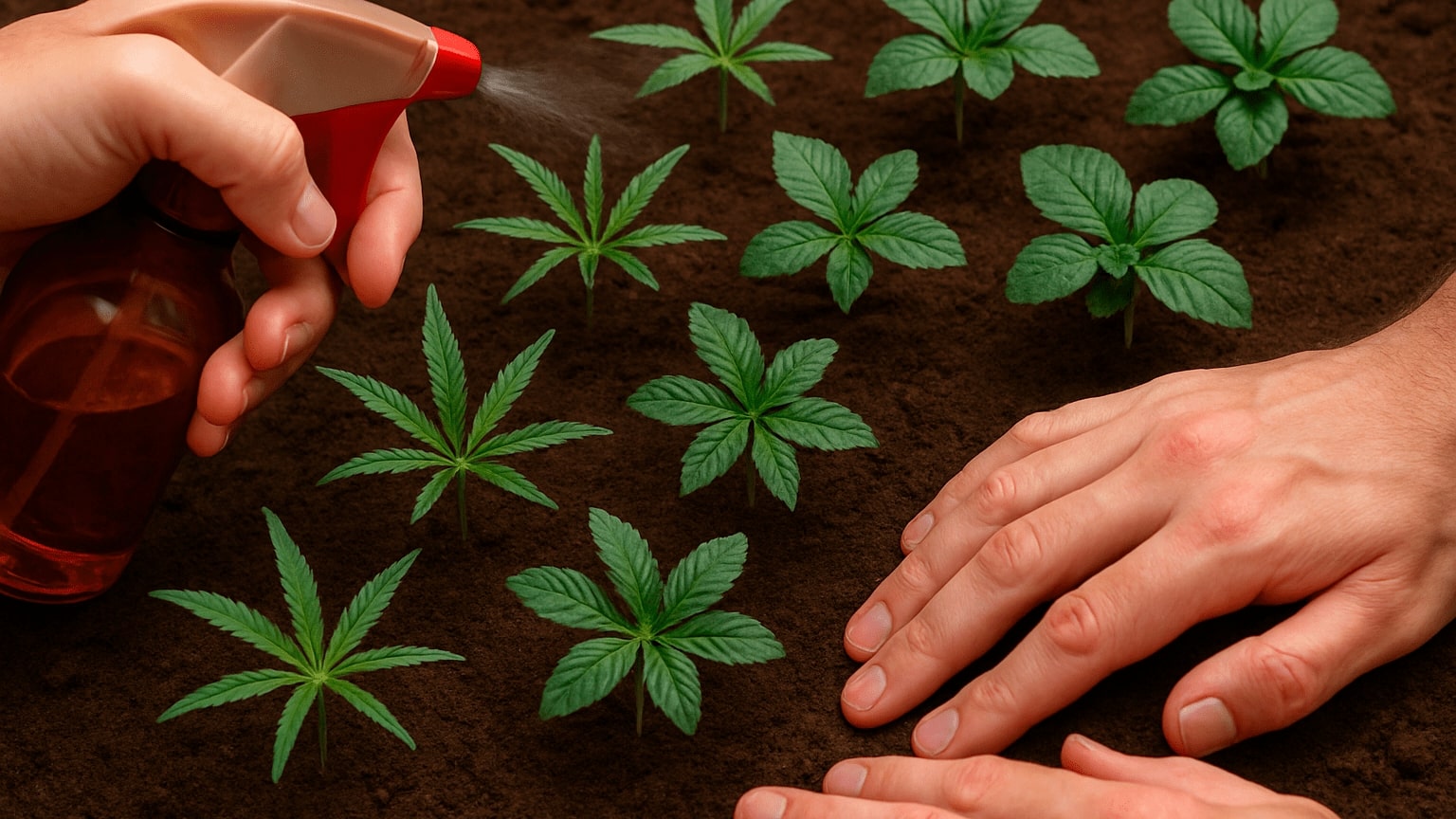
Seedling care: sativa vs. indica
In order for cannabis seedlings to grow strong and healthy, it is important to take into account the genetic characteristics of a particular variety. Sativa seedlings and Indica seedlings require different approaches, from watering to lighting and fertilizer selection. Below are some basic care recommendations, divided by plant type:
Sativa seedling care:
- Intensive light mode
Sativa requires brighter lighting. Use high-powered lights or specialized lighting for cannabis seedlings - a minimum of 18 hours of light per day during the vegetative stage. - Increased attention to nutrition
The root system of sativa is actively developing, so the use of light cannabis fertilizers with a high nitrogen content is already acceptable in the early stages. - Growth control
Sativa growth often extends beyond the grow box. Use training (LST, pruning) to direct the plant's development in width, not just height.
Care of indica seedlings:
- Moderate lighting
Indica prefers a less aggressive light. 16-18 hours of moderate light from LED or CFL lamps are sufficient and are well suited as lighting for cannabis seedlings in confined spaces. - More compact structure
Due to its dense bush structure, Indica is better suited for grow boxes. It needs less shaping and keeps its own neat shape. - Less need for fertilizers
Unlike sativa, indica does not require frequent feeding. The main thing is to maintain a stable temperature regime and not to overwater the soil.
Thus, cannabis care must be individualized. Understanding the genetics of the plant is key to proper selection of conditions and high yields.
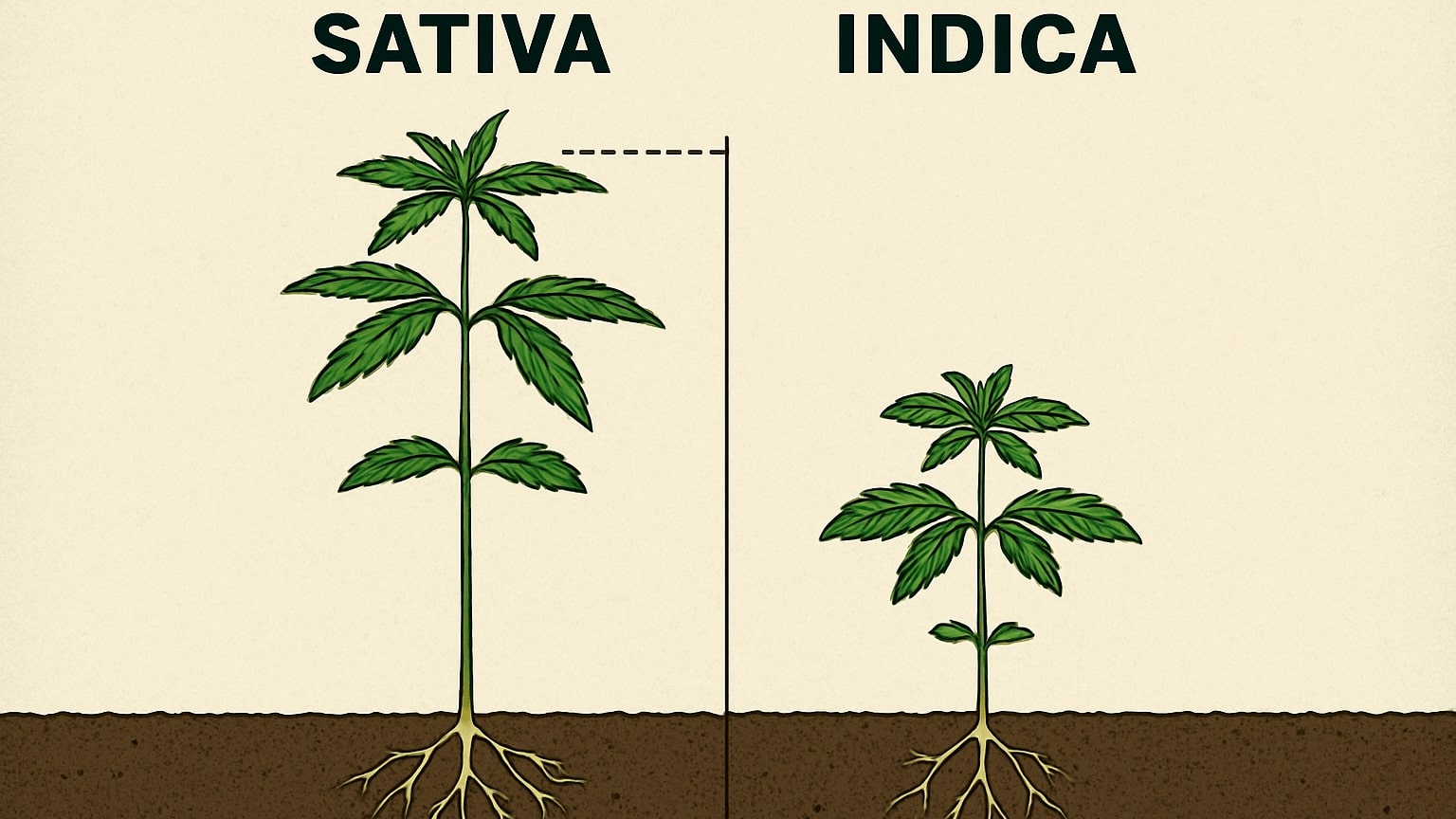
Conclusions: what to consider when choosing a variety and care
Before you begin, it is important not only to decide on the type of plant, but also to consider the conditions in which you plan to cultivate it. The choice between sativa and indica depends on your goals, experience and available space. Below is a table that illustrates the main differences between these types at the seedling stage and during further growth:
| Characterization | Sativa | Indica |
| Growth rate | Fast vertical thrust | Slow, steady growth |
| Plant height | Tall, can reach up to 2 m or higher | Low-growing, compact |
| Leaves | Long and narrow (sativa leaf) | Wide and dense (indica leaf) |
| Light requirements | High demand for lighting | Medium, grows well in soft light |
| Fertilizers at the seedling stage | Nitrogen fertilizer from the first weeks | Minimal feeding |
| Stress tolerance | Low, requires caution | High resistance |
| Suitable for beginners | Less appropriate | A great choice for beginners |
If the grower is new to cultivation, it's wise to start with indica or hybrid varieties that combine the stability of sativa with the hardiness of indica. And if the gardener decides to buy feminized cannabis seeds, he or she will guarantee themselves no male plants, which is especially important when pots or space is limited.
Additionally, it is worth considering the practice of growing according to the lunar calendar - it helps to choose favorable phases for planting, transplanting and the beginning of flowering. According to this system, on a waxing moon it is better to plant and feed, and on a waning moon - to carry out pruning and growth control. This approach works especially well when grooving autoflowering varieties, where every week counts.
Growing success is a combination of choosing the right variety, careful care and understanding the plant's biorhythms.
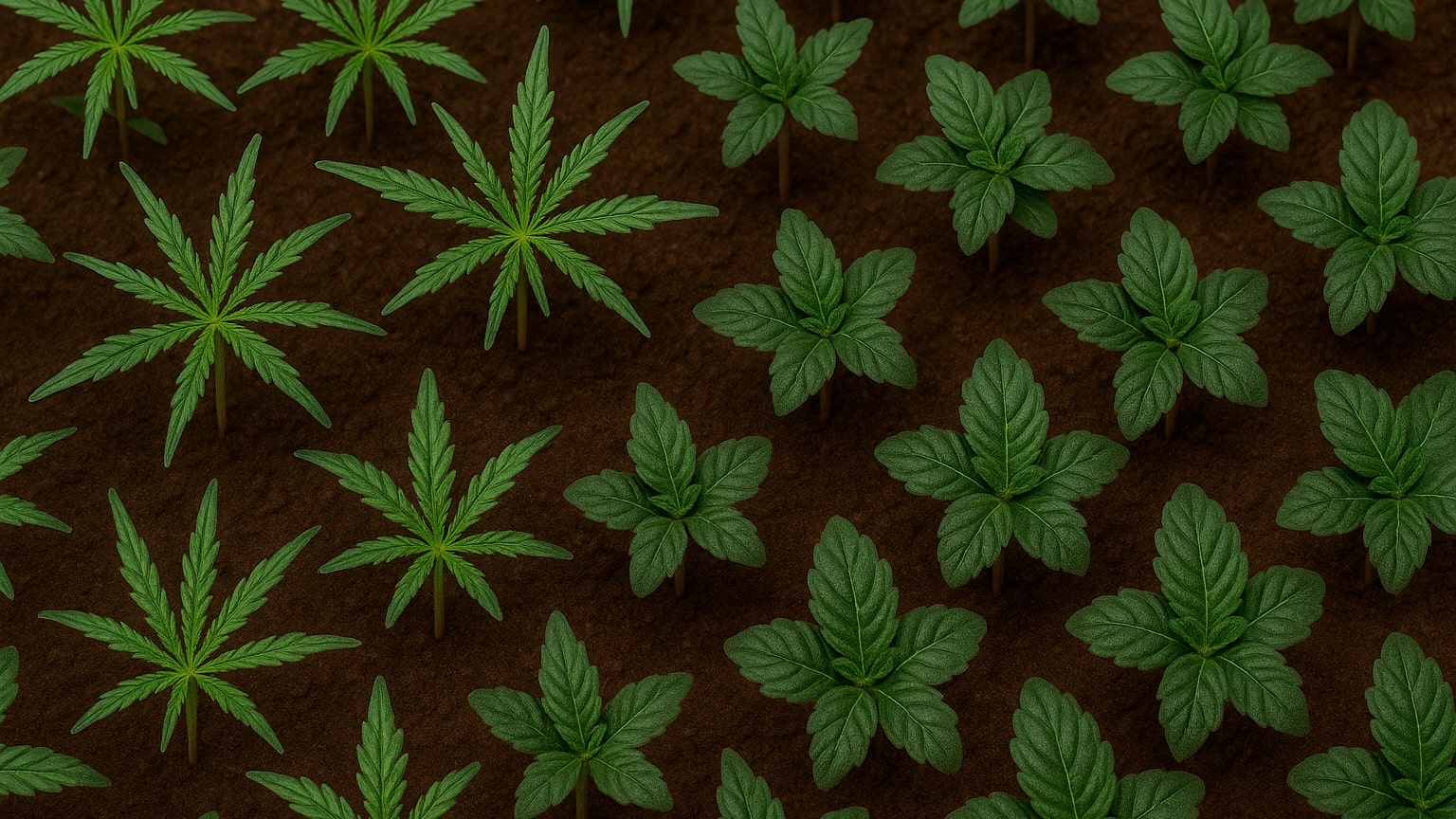
Attention! Errors Seeds does not encourage you to grow cannabis and does not promote it in any way. Cultivation is prohibited by the legislation of Ukraine. The article is of scientific and introductory interest only.
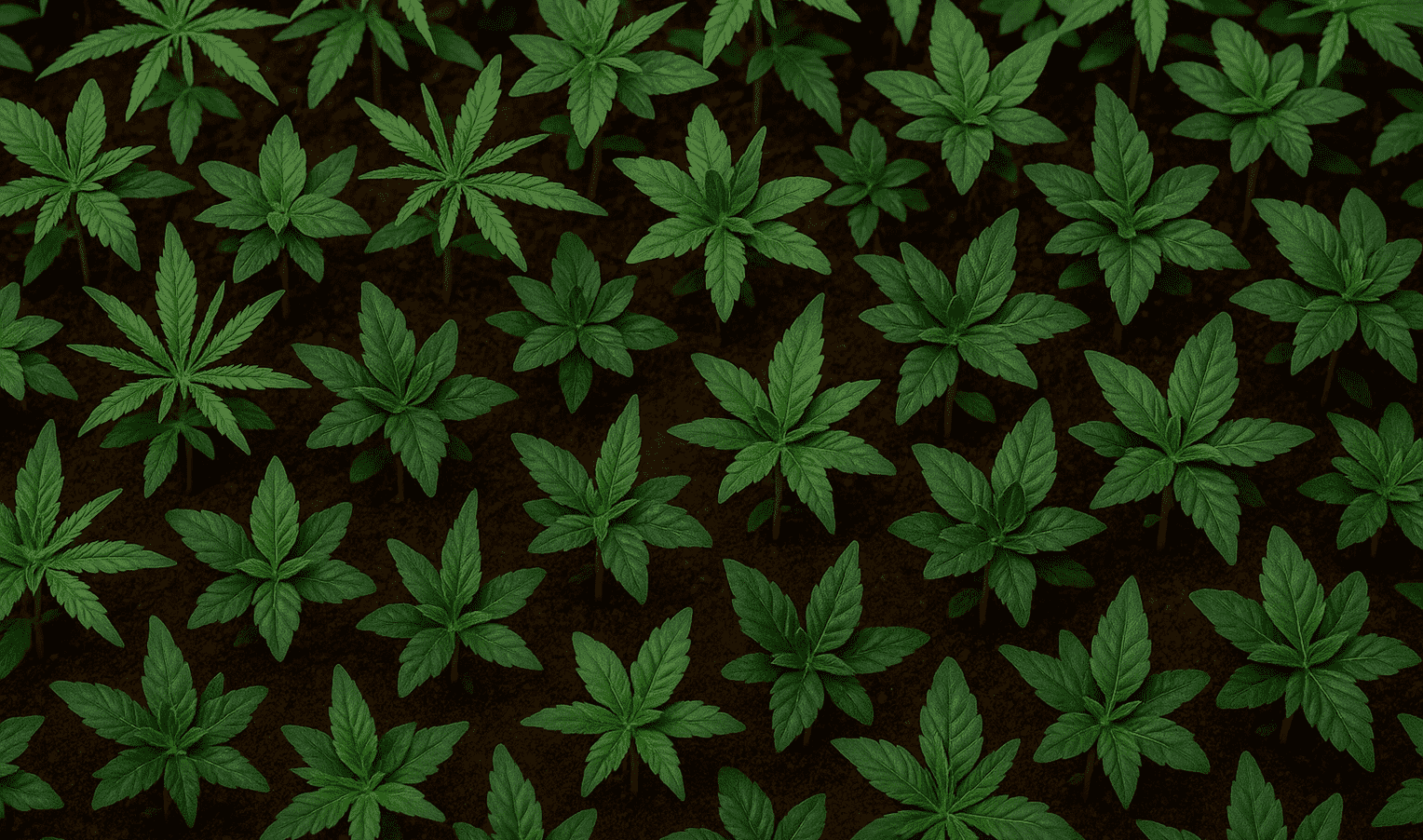

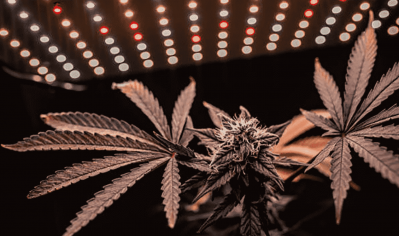
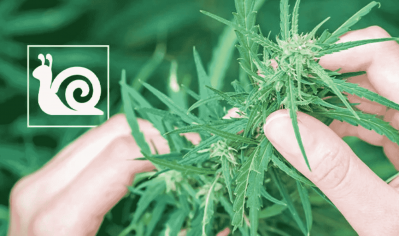
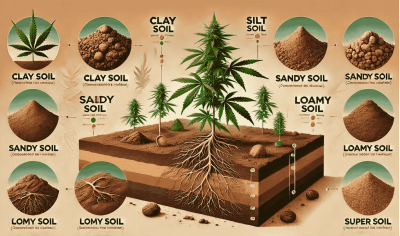
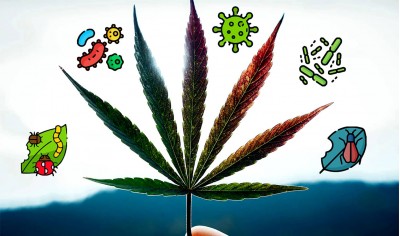

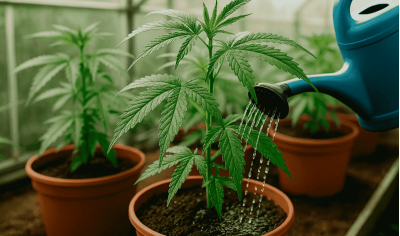
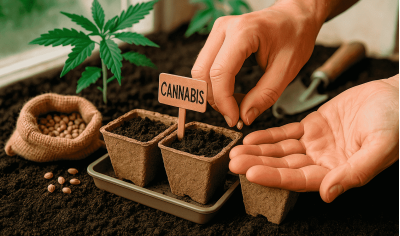
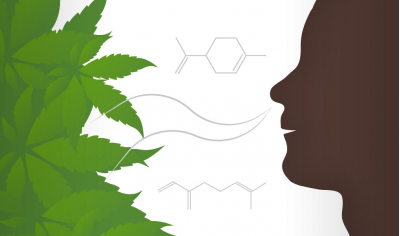
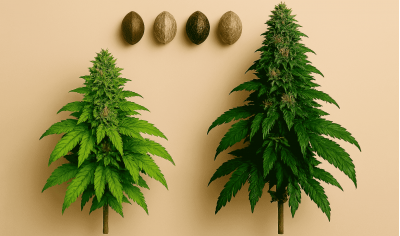


Write a comment